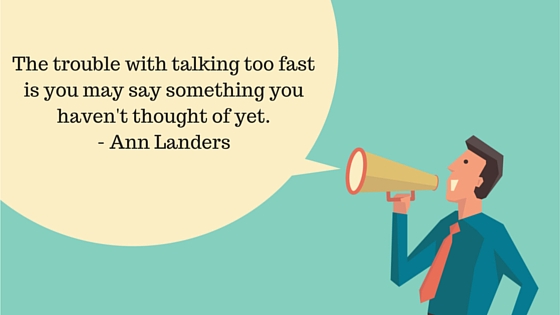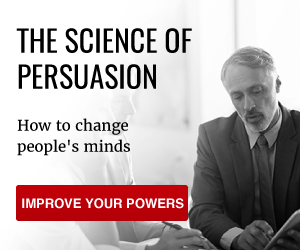
The world’s fastest female speaker, Fran Capo, can manage 11 words a second. That is really speaking fast. She could read this whole article aloud in less than a minute. As you can see in the video, the words are distinct and audible but it’s not so easy to understand her.
https://www.youtube.com/watch?v=KtN-FCOeWjI
The lesson is, clearly, when you’re talking, speed matters. But how slow is too slow and how fast is too fast?
The Clinton factor
Hillary Rodham Clinton, the former US secretary of state, spoke at a rate of about 110 words per minute when she gave her opening statement to the House Benghazi Select Committee this week.
This is not only slower than Fran Capo, it’s also slower than the rate recommended for audiobooks (at 150-160 words per minute) and slower than most people speak in conversations (around 110-150 words per minute).
Why?
‘The human brain is wired to respond to pacing’, says Janell Ross in The Washington Post. Citing a communications consultant, she says:
‘…before Clinton even took the stand Thursday that the former secretary had very likely been advised to speak deliberately and certainly to slow down the pace of her speech or even strategically pause when she wants to emphasize a point, convey something grave or project a degree of concern and solemnity that rarely comes across in rapid speech.’
Pause for effect
On the other hand, research suggests that talking fast can be effective at persuading people if they’re likely to disagree with you but slower speech can be more effective at winning over people when they are more inclined to agree with you:
‘It works the other way around when the audience does like the message (loads of beer for you). When the message comes in too quickly, there isn’t time to evaluate and agree with it more. But, when it comes in, there’s plenty of time to evaluate the arguments, agree and be even more persuaded that you should be able to drink in bars.’
In either case – talking fast or slow – the key point is to do it consciously. Think about what you want to say, who you are talking to and the effect you are trying to achieve.
